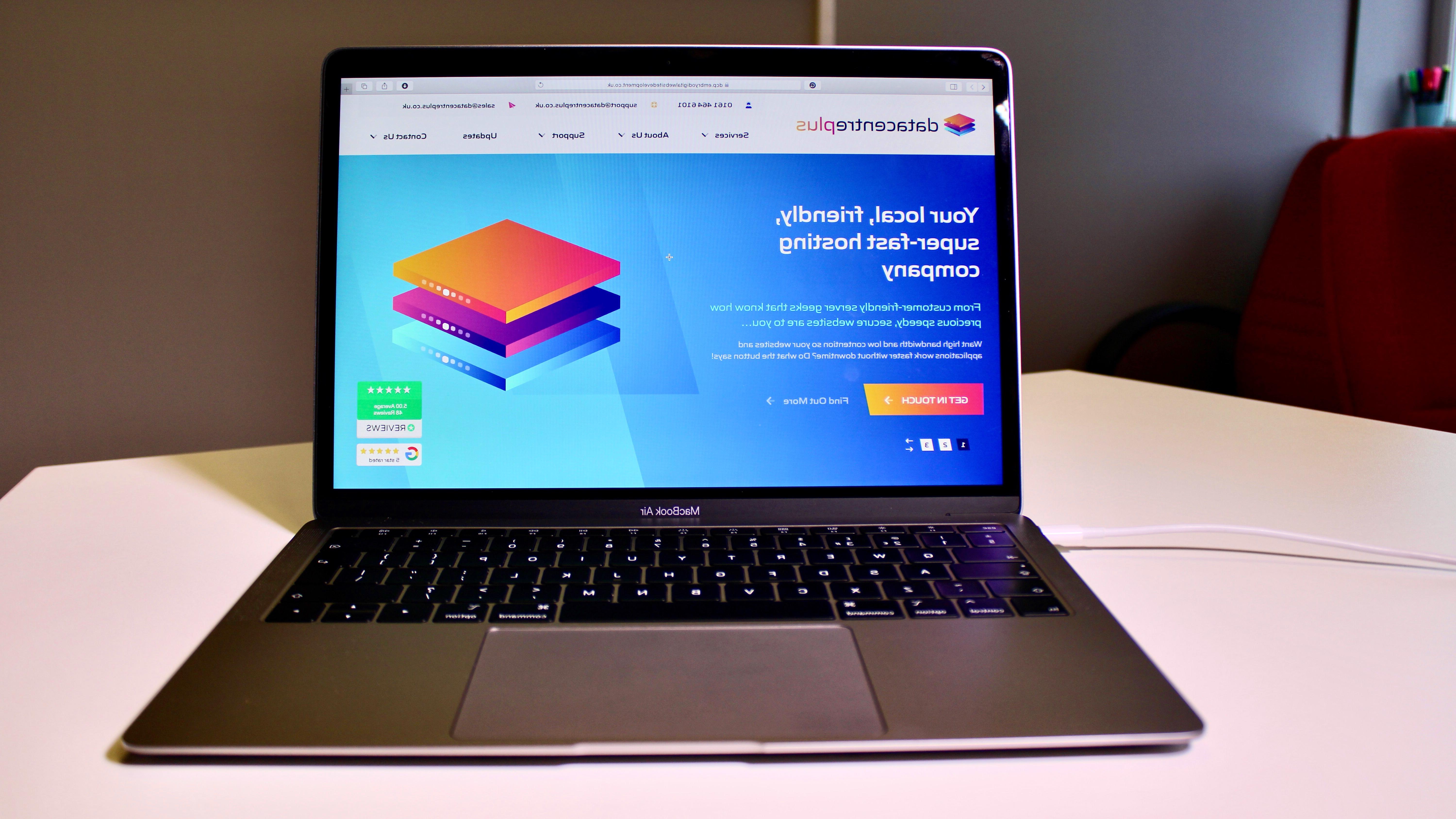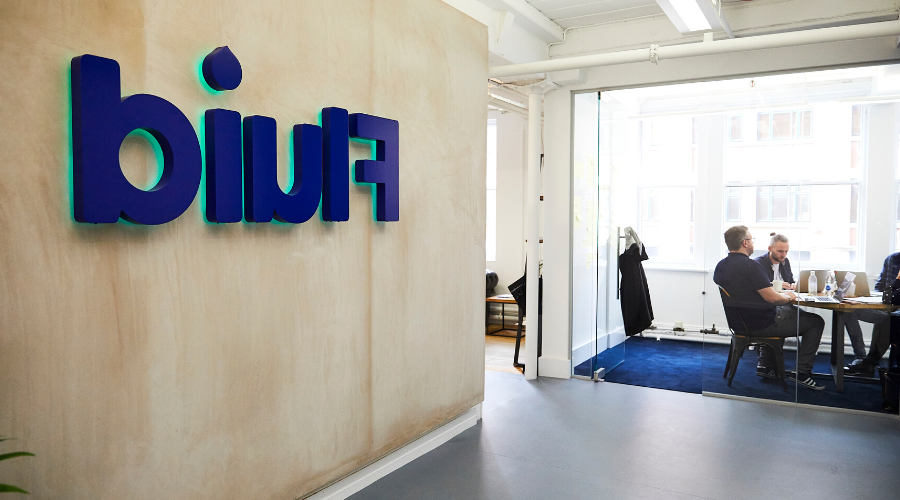
A remote design sprint does exactly what it says on the tin. 这是一个协作解决问题的过程,团队一起工作来构思, prototype and test things – all without being physically together.
这个过程将设计思维原则与敏捷方法结合在一起. 近年来,随着越来越多的团队转向远程工作,它变得越来越流行.
But what benefits come with working remotely?
When we think about remote design sprints, 最大的好处之一是它们可以在短时间内完成. 这通常比传统的冲刺要快得多,并鼓励团队快速高效地工作——这意味着更大的专注感和动力. Win-win, right?
On top of that, remote design sprints can also be much more inclusive. 它们允许不同地点和时区的人们实时协作. 这种思想和观点的多样性可以帮助我们创造出更具创造性和创新性的东西.
Getting into the detail
Now let’s get into the need-to-know details of design sprints. For those in the know, 远程设计冲刺遵循与谷歌风投(Google Ventures)和AJ相同的基本框架 & Smart Design Sprint 2.0. 我们的目标保持不变——在压缩的时间内快速制作原型并测试新想法. Here’s a few ways a remote sprint is a little different:
- adapted tools and techniques -传统设计冲刺中使用的一些工具和技术可能需要调整或替换, 但这很简单——把你的便利贴换成远程头脑风暴和 prototyping tools like Miro
- scheduling – because of the lack of in-person interaction, it’s important to remember breaks and rest to avoid fatigue and burnout
- limited environment – 远程工作可能意味着团队成员对物理资源的访问有限
Overall, 远程设计冲刺提供了一种独特的解决问题的方法,支持协作和数字创新. 对于分布在不同地点或无法亲自工作的团队来说,这是一个强大的工具.
Remote sprints at the Met Office
To help you visualise how remote sprint might work in practice, let’s take you through a week with a client – the Met Office. 目的是开始为他们设计一个新的求职网站. 他们希望提高可访问性,并展示他们的技术、工程和气象事业.
Day 1
Day 1 set the foundation for the rest of the sprint. This involved online meetings to:
- define the sprint goal – the problem we were working to solve
- map the end-to-end user journey -然后我们选择旅程的一部分来关注最小可行产品(MVP)
- capture expert insights – after speaking to Met Office stakeholders, 我们通过“我们能做些什么”的声明指出了潜在的挑战和机遇
- run a 4-step sketch process – everyone noted something interesting from our progress. We then turned our notes into ideas by sketching them. We did this through the following activities:
We used a few activities in sketching. 我们做了疯狂的8,从之前的草图中提取一个想法并进行迭代. And we did solution sketches, 每个人都把自己最有潜力的想法转化为带有纸上原型的不言自明的草图.
Day 2
第二天,我们专注于回顾前一天的草图,并决定哪一个将被制作成更高保真度的原型. This was done by:
- heat map voting – 每个人都有3票来选择他们最喜欢的解决方案或功能 using a Mural board
- speed critique – 每个团队成员解释他们的解决方案以及这样做的原因
- super votes – 产品经理和产品负责人选择了他们想要采用的解决方案
In the end, 3 were picked. 它们被用于用户旅程的故事板,为原型提供一个屏幕流.
Day 3
Day 3 is when things really started to ramp up, 特别是对于以用户为中心的设计和研究团队成员. Our designers created a working prototype in Figma (一种在线协同设计工具),其中包括指导用户完成申请工作过程的内容.
随着原型的发展,我们的用户研究人员制定了测试计划并招募了测试人员. The hard work paid off and apart from a few last tweaks, we had a working prototype by the end of the day!
Day 4
Day 4 was all about testing. 我们找了6个处于不同职业阶段的人来做原型. We asked questions along the way about what they thought, what they’d expect to see and how they’d expect the page to behave.
Even before analysing our findings from these online interviews, 我们有一种感觉,在第一轮测试中,原型已经比现有网站表现得更好了. 我们也可以开始看到贯穿每次会议的洞察力和不确定性的共同线索.
Day 5
Day 5 was analysis day. 我们从测试中识别出共同的主题和模式,并使用它们来迭代原型. 这个过程对于确保团队的原型建立在用户需求和反馈的基础上至关重要.
研究结果随后被提交给英国气象局的利益相关者和团队的其他成员. 这是我们展示大家努力工作和合作的机会, 分享见解和发现,并获得对所开发的解决方案的认可和支持.
What’s the verdict?
远程进行设计冲刺的主要好处是能够将广泛分布的团队聚集在一起并快速工作. 我们从埃克塞特分散到纽卡斯尔,以及中间的许多其他地方. 远程工作比每个人都在一个地方工作更划算,也更能利用时间.
All this was made possible by technology. Applications such as Google Meet and Mural supported effective collaborative working and communication. And tools like Slido helped us host fun icebreakers.
参加设计冲刺的Met Office团队喜欢这个过程,并发现我们的团队积极向上,充满动力. 我们很高兴能够更详细地了解他们对网站的期望,他们对远程设计冲刺可以将一组需求转化为MVP原型的速度印象深刻.
If you want to learn a bit more about remote design sprints you can watch our recent webinar 史蒂文更详细地谈论了优点、缺点和惊喜.









